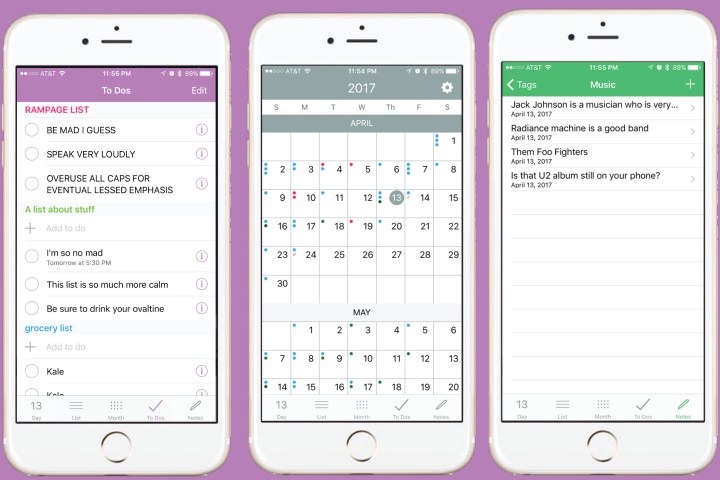
The new Parker Planner iPad app incorporates some pretty great features. For example, the app automatically imports all of your to-dos and lists straight from the Reminders app — and once you make changes to your lists or to-dos in either app, those changes will be reflected in the other.
Apart from that, Parker Planner offers most of the features you would expect from an iPad calendar app. For example, you’ll get the ability to view your calendar by day, week, or month. Calendar events can be color-coordinated, and are checked off throughout the day as they’re completed. You can also choose from a total of 12 color themes.
With the launch of Parker Planner 2.0, you’ll also get a new notes section, with the ability for those notes to be quickly and easily synced across all of your devices. Parker plans to launch an app for the Mac at some point later this year, according to a report from Silicon Slopes.
Unlike some other calendar apps, you’ll have to pay for Parker Planner. You can get it for $1.99 per month or $19.99 per year, which is a little steep for a digital calendar. Of course, it is around the same price you would expect to pay for a paper planner.
You can get the Parker Planners app for yourself from the Apple App Store.
Editors' Recommendations
- Apple finally fixed my biggest issue with the iPad Pro
- Apple made an outrageous change to its new iPads
- I don’t think Apple wants me to buy the new iPad Pro
- Apple updated two of its biggest iPad apps, and they look amazing
- Apple’s new iPad Air is official, with a lot of big upgrades


